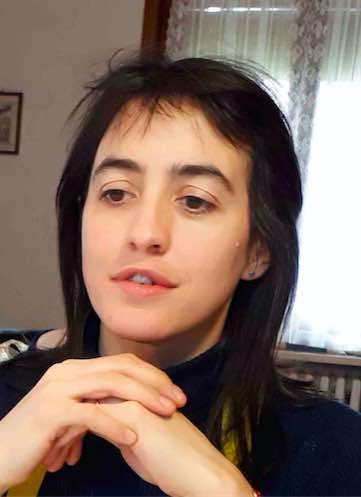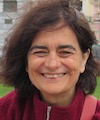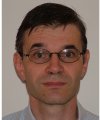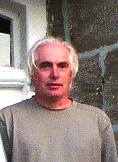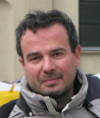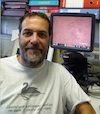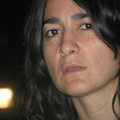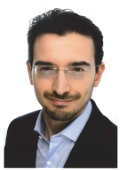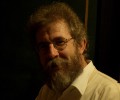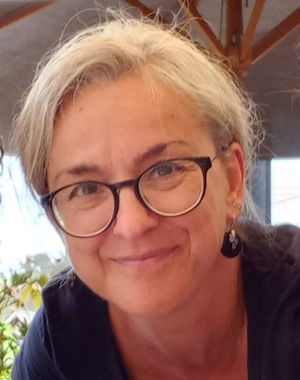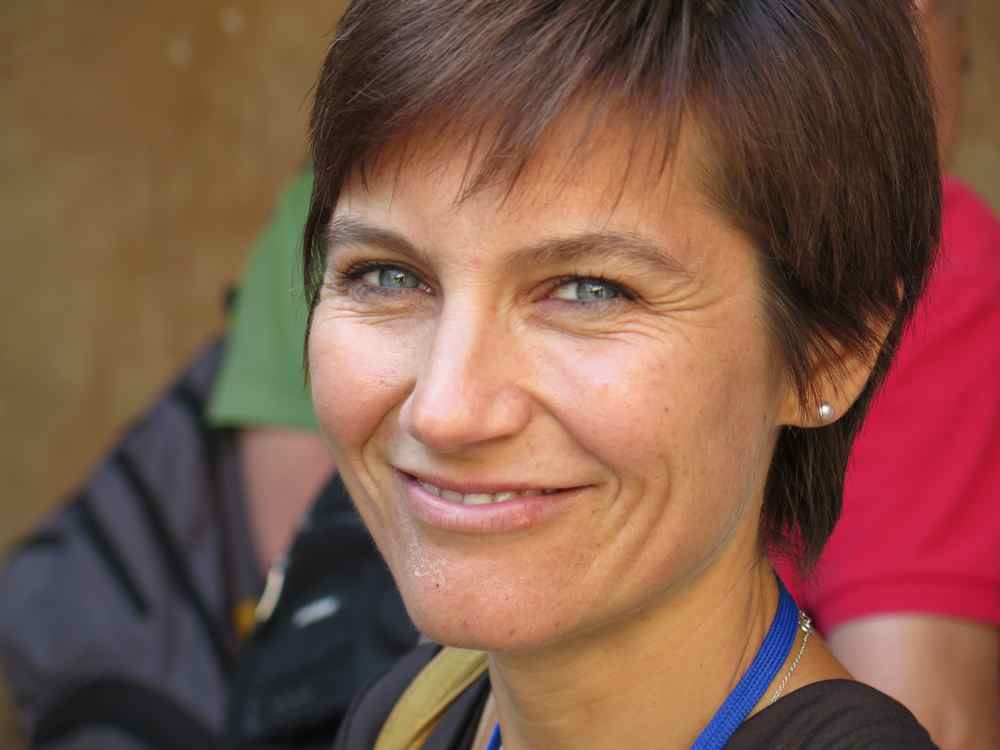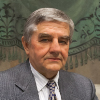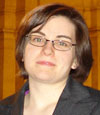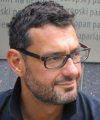Studying at the University of Verona
Here you can find information on the organisational aspects of the Programme, lecture timetables, learning activities and useful contact details for your time at the University, from enrolment to graduation.
Academic calendar
The academic calendar shows the deadlines and scheduled events that are relevant to students, teaching and technical-administrative staff of the University. Public holidays and University closures are also indicated. The academic year normally begins on 1 October each year and ends on 30 September of the following year.
Course calendar
The Academic Calendar sets out the degree programme lecture and exam timetables, as well as the relevant university closure dates..
| Period | From | To |
|---|---|---|
| I semestre | Oct 1, 2018 | Jan 31, 2019 |
| II semestre | Mar 4, 2019 | Jun 14, 2019 |
| Session | From | To |
|---|---|---|
| Sessione invernale d'esame | Feb 1, 2019 | Feb 28, 2019 |
| Sessione estiva d'esame | Jun 17, 2019 | Jul 31, 2019 |
| Sessione autunnale d'esame | Sep 2, 2019 | Sep 30, 2019 |
| Session | From | To |
|---|---|---|
| Sessione di laurea estiva | Jul 22, 2019 | Jul 22, 2019 |
| Sessione di laurea autunnale | Oct 15, 2019 | Oct 15, 2019 |
| Sessione di laurea autunnale straordinaria | Nov 21, 2019 | Nov 21, 2019 |
| Sessione di laurea invernale | Mar 19, 2020 | Mar 19, 2020 |
| Period | From | To |
|---|---|---|
| Sospensione attività didattica | Nov 2, 2018 | Nov 3, 2018 |
| Vacanze di Natale | Dec 24, 2018 | Jan 6, 2019 |
| Vacanze di Pasqua | Apr 19, 2019 | Apr 28, 2019 |
| Vacanze estive | Aug 5, 2019 | Aug 18, 2019 |
Exam calendar
Exam dates and rounds are managed by the relevant Science and Engineering Teaching and Student Services Unit.
To view all the exam sessions available, please use the Exam dashboard on ESSE3.
If you forgot your login details or have problems logging in, please contact the relevant IT HelpDesk, or check the login details recovery web page.
Academic staff
 alberto.benvegnu@univr.it
alberto.benvegnu@univr.it
 maurizio.boscaini@univr.it
maurizio.boscaini@univr.it
 federico.busato@univr.it
federico.busato@univr.it

Magazzini Laura
 laura.magazzini@univr.it
laura.magazzini@univr.it
 045 8028525
045 8028525
 gino.mariotto@univr.it
gino.mariotto@univr.it
 simone.zuccher@univr.it
simone.zuccher@univr.it
Study Plan
The Study Plan includes all modules, teaching and learning activities that each student will need to undertake during their time at the University.
Please select your Study Plan based on your enrollment year.
1° Year
| Modules | Credits | TAF | SSD |
|---|
2° Year activated in the A.Y. 2019/2020
| Modules | Credits | TAF | SSD |
|---|
3° Year activated in the A.Y. 2020/2021
| Modules | Credits | TAF | SSD |
|---|
| Modules | Credits | TAF | SSD |
|---|
| Modules | Credits | TAF | SSD |
|---|
| Modules | Credits | TAF | SSD |
|---|
| Modules | Credits | TAF | SSD |
|---|
Legend | Type of training activity (TTA)
TAF (Type of Educational Activity) All courses and activities are classified into different types of educational activities, indicated by a letter.
Algebra (2019/2020)
Teaching code
4S00022
Credits
6
Coordinator
Not yet assigned
Language
Italian
Scientific Disciplinary Sector (SSD)
MAT/02 - ALGEBRA
The teaching is organized as follows:
Elementi di algebra teoria
Credits
5
Period
II semestre
Academic staff
Lidia Angeleri
Elementi di algebra esercitazioni
Credits
1
Period
II semestre
Academic staff
Fabiano Bonometti
Learning outcomes
The course provides an introduction to modern algebra. After presenting and discussing the main algebraic structures (groups, rings, fields), the focus is on Galois theory. Also some applications are discussed, in particular results on solvability of polynomial equations by radicals. At the end of the course the student will be expected to demonstrate that s/he has attained adequate skills in synthesis and abstraction, as well as the ability to recognize and produce rigorous proofs and to formalize and solve moderately difficult problems related to the topics of the course.
Program
------------------------
MM: Elementi di algebra teoria
------------------------
Groups, subgroups, cosets, quotient groups. Cyclic groups. The symmetric group. Sylow's Theorems. Solvable groups. Rings. Ideals. Homomorphisms. Principal ideal domains. Unique factorization domains. Euclidean rings. The ring of polynomials. Fields. Algebraic field extensions. The splitting field of a polynomial. Finite fields. Constructions with ruler and compass.
------------------------
MM: Elementi di algebra esercitazioni
------------------------
------------------------
MM: Teoria di Galois teoria
------------------------
Normal extensions. Separable extensions. Galois theory. Theorem of Abel-Ruffini.
------------------------
MM: Teoria di Galois esercitazioni
------------------------
Bibliography
| Activity | Author | Title | Publishing house | Year | ISBN | Notes |
|---|---|---|---|---|---|---|
| Elementi di algebra teoria | I. N. Herstein | Algebra | Editori Riuniti | 2003 | ||
| Elementi di algebra teoria | Sigfried Bosch | Algebraic Geometry and Commutative Algebra | Springer | 2013 |
Examination Methods
The exam consists of a written examination. The mark obtained in the written examination can be improved by the mark obtained for the homework and/or by an optional oral examination. Only students who have passed the written exam will be admitted to the oral examination.
Type D and Type F activities
Modules not yet included
Career prospects
Module/Programme news
News for students
There you will find information, resources and services useful during your time at the University (Student’s exam record, your study plan on ESSE3, Distance Learning courses, university email account, office forms, administrative procedures, etc.). You can log into MyUnivr with your GIA login details: only in this way will you be able to receive notification of all the notices from your teachers and your secretariat via email and also via the Univr app.
Graduation
Documents
| Title | Info File |
|---|---|
|
|
pdf, it, 31 KB, 29/07/21 |
|
|
pdf, it, 31 KB, 29/07/21 |
|
|
pdf, it, 171 KB, 20/03/24 |
List of thesis proposals
| theses proposals | Research area |
|---|---|
| Formule di rappresentazione per gradienti generalizzati | Mathematics - Analysis |
| Formule di rappresentazione per gradienti generalizzati | Mathematics - Mathematics |
| Proposte Tesi A. Gnoatto | Various topics |
| Mathematics Bachelor and Master thesis titles | Various topics |
| THESIS_1: Sensors and Actuators for Applications in Micro-Robotics and Robotic Surgery | Various topics |
| THESIS_2: Force Feedback and Haptics in the Da Vinci Robot: study, analysis, and future perspectives | Various topics |
| THESIS_3: Cable-Driven Systems in the Da Vinci Robotic Tools: study, analysis and optimization | Various topics |
Attendance modes and venues
As stated in the Teaching Regulations , except for specific practical or lab activities, attendance is not mandatory. Regarding these activities, please see the web page of each module for information on the number of hours that must be attended on-site.
Part-time enrolment is permitted. Find out more on the Part-time enrolment possibilities page.
The course's teaching activities take place in the Science and Engineering area, which consists of the buildings of Ca‘ Vignal 1, Ca’ Vignal 2, Ca' Vignal 3 and Piramide, located in the Borgo Roma campus.
Lectures are held in the classrooms of Ca‘ Vignal 1, Ca’ Vignal 2 and Ca' Vignal 3, while practical exercises take place in the teaching laboratories dedicated to the various activities.
Career management
Student login and resources
Erasmus+ and other experiences abroad
Ongoing orientation for students
The committee has the task of guiding the students throughout their studies, guiding them in their choice of educational pathways, making them active participants in the educational process and helping to overcome any individual difficulties.
It is composed of professors Sisto Baldo, Marco Caliari, Francesca Mantese, Giandomenico Orlandi and Nicola Sansonetto
